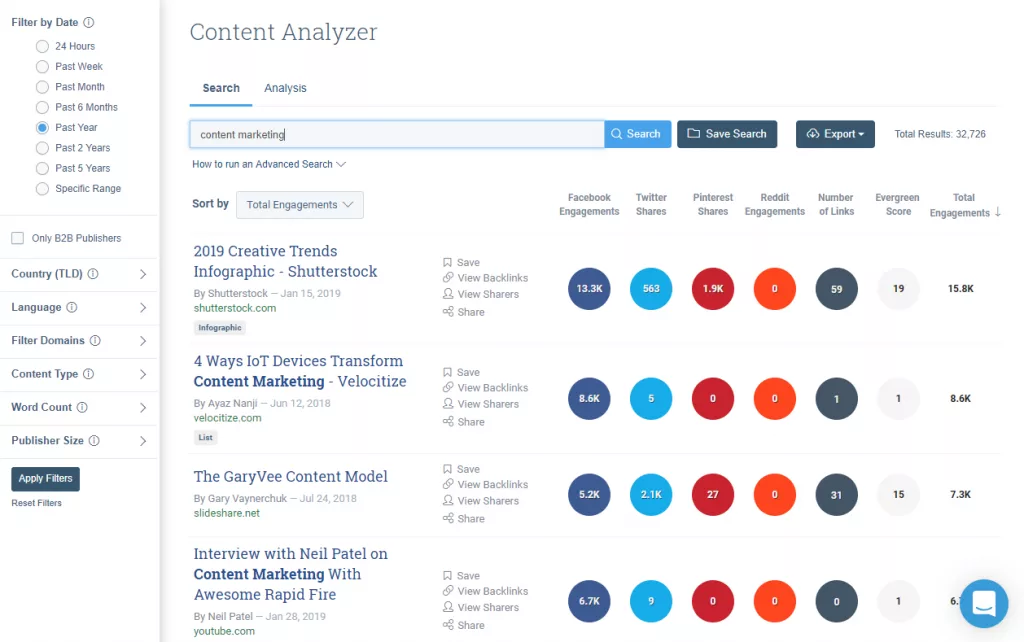There are numerous social media platforms available, and many of them release new features on a weekly basis. It can be tough for businesses to stay up with changing social trends. It’s difficult to know which platforms are worth your company’s time and effort with so many options. It’s also challenging to fine-tune your strategy for each channel.
The question is, how much time do you want to spend developing content, posting updates, and connecting with consumers, and which platforms do you want to do it on? However, you can locate the proper ones that fit your company’s needs. We’ll break down which channels make sense for your business in this blog, as well as how to establish the correct strategy to do so.
Here are some questions to think about.
1. Who is your target audience and where are they located?
You may believe that you should join social networks based on which ones are the newest, but you should really focus on where your target audience spends the majority of their time. It’s pointless to spend time generating content for a social platform if your target audience isn’t there to hear it.
To get a sense of where your audience is conversing, use Sprout Social’s Social Listening tool. For your present social audiences, you’ll be able to dig into gender, age, and geographical data. This will assist you in determining which channels are most appropriate for your organization based on your target demographic. Rather than focusing on trends, demographic data is crucial.

2. What Are Your Competitors’ Favorite Hangout Spots?
Looking at where your competitors are publishing will not only help you evaluate industry activity and determine which social platforms are effective, but it will also show you what type of content your audience is interested in.
Analyze what content is effective and what isn’t on each channel by looking at your competitor’s social approach. This will tell you where you should post as well as which channels you should avoid. BuzzSumo has a terrific feature that shows you your competitor’s best-performing posts as well as the material that engages users the most. This can be quite beneficial to your company and save you a lot of time and work.

3. How Many Channels Can You Work On Effectively?
After you’ve determined where your audience and competitors spend the most of their time, you’ll want to determine how many platforms your organization can support. Your audience may be active on all of the major social media platforms, but do you have the skills and resources to keep up with them all? If you already have profiles on all of the major social media networks, take a look at which postings are connecting best with your audience on which platforms, and keep posting there.
Let’s imagine you’re a B2B company with a great presence on LinkedIn and a solid client base generated only through this channel. Your target audience is also on Facebook, but you’re not seeing much activity there. Just because your audience is on a particular platform doesn’t imply you should devote a significant amount of time to it. Maintain your focus on the platform that is most effective for your company. Continue to post on the channels where your audience is active, but focus more on what is working rather than what isn’t.
Last Thoughts
As more social media sites emerge, each with its own set of characteristics, your company should be prepared to comprehend and investigate each platform. You never know if the next major social media site will be a big success for your company when it launches. Always stay up to current on new platforms, and make sure your plan works well with them.
About the Author
 Donald Gonsalves is the founder of Enthof Creatives and a regular writer for the website’s blog. He has more than 2 decades of experience in marketing, sales and branding. His need to research and learn more about these segments is never-ending. To contact him, just drop an email to donald.g@sh118.global.temp.domains
Donald Gonsalves is the founder of Enthof Creatives and a regular writer for the website’s blog. He has more than 2 decades of experience in marketing, sales and branding. His need to research and learn more about these segments is never-ending. To contact him, just drop an email to donald.g@sh118.global.temp.domains
Follow him on Linkedin – https://www.linkedin.com/in/donaldgonsalves